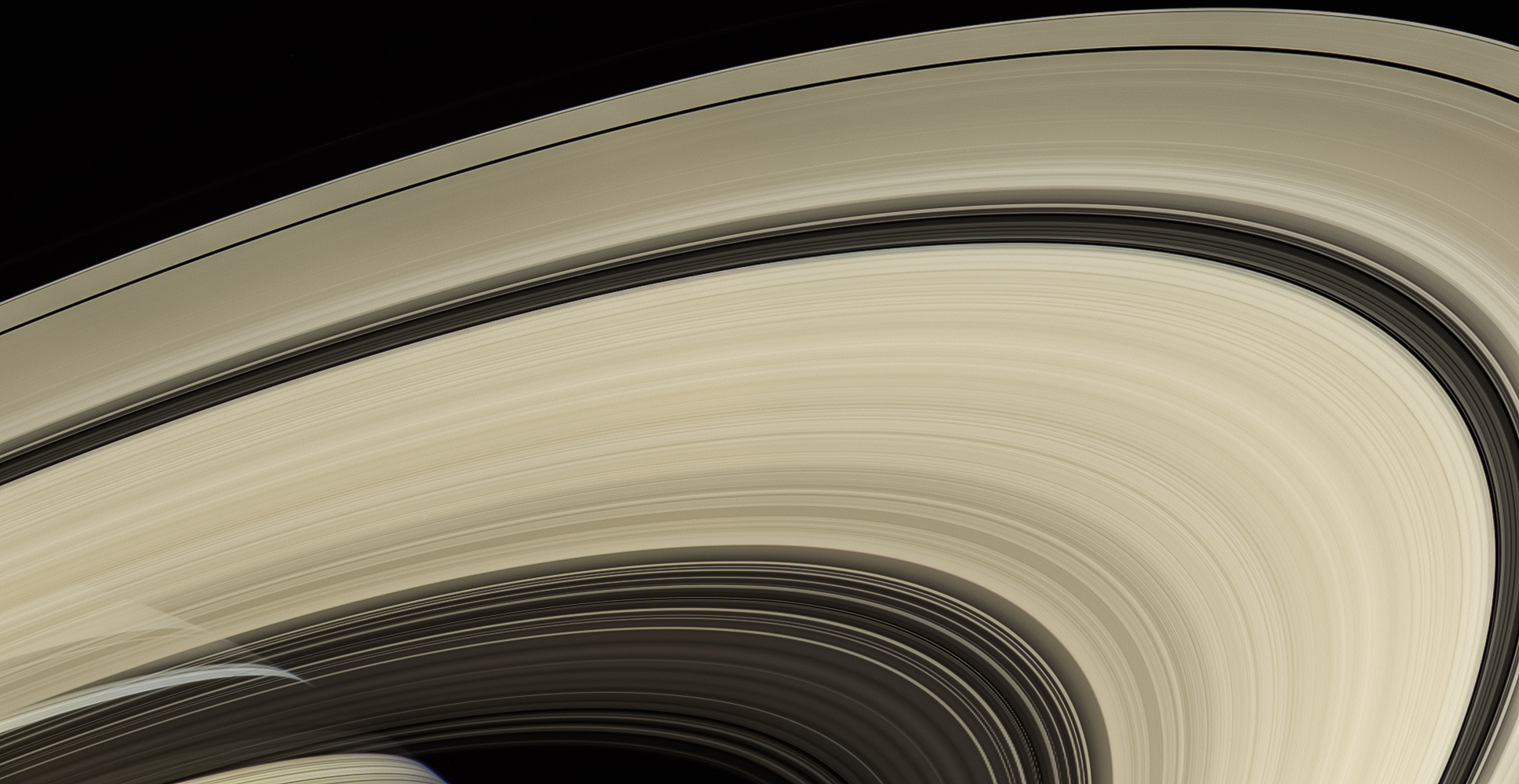News release
From:
A diffuse core in Saturn revealed by ring seismology
Oscillations of Saturn’s rings provide insight into the structure of the planet’s interior, according to a paper published in Nature Astronomy. Cassini spacecraft data reveal that Saturn possesses a fuzzy or diffuse core without clearly defined boundaries, which has subsequently constrained the planet’s formation and evolution.
The internal structure of giant planets is usually determined by inspecting the detailed configuration of their gravitational field, observed by a spacecraft orbiting them. However, the perturbations induced on a planet’s gravitational field by its most central part, its core, are quite weak, and as such limit the precision to which the internal structure can be defined.
Christopher Mankovich and Jim Fuller studied the gas giant Saturn, which is usually assumed to have a metallic core surrounded by an envelope composed mostly of hydrogen and helium. By incorporating gravity data with seismic measurements from Saturn’s rings, the authors are able to provide novel insight into the structure of the planet’s interior. They find that the core extends to about 60% of the planet’s radius — substantially more than previous estimates — and is composed of a diffuse mixture of hydrogen and helium combined with heavy elements, as opposed to the core and the envelope being clearly separated.
Determining how Saturn’s internal structure developed is a challenge for standard planetary formation models, and provides important constraints as to its mass accretion history, the authors conclude.



 International
International


